Books
Horror Pride Month: ‘Dracula’ & the Undeniable Queerness of Bram Stoker
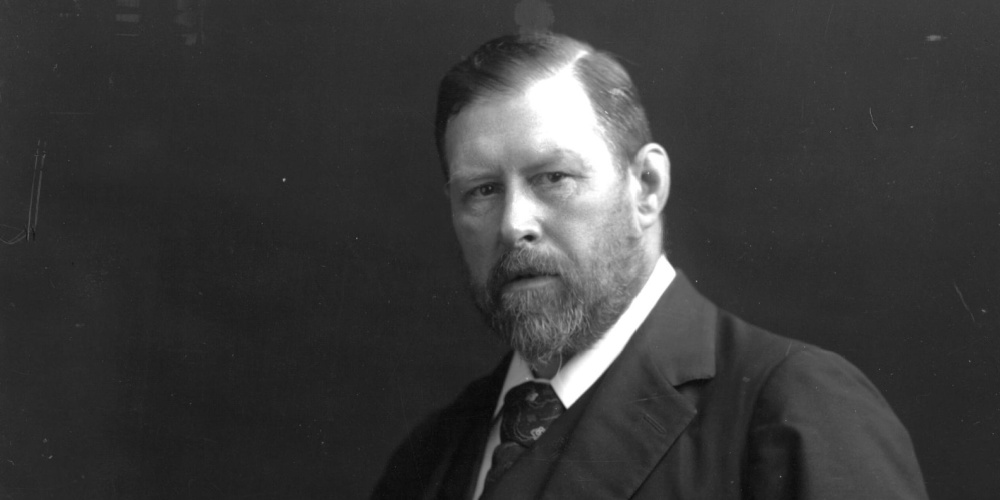
There are times during Pride Month at iHorror that I know people are going to ignore me completely. Then there are times when I batten down the hatches and get ready for the backdraft. As I type out the title of this article about Dracula–one of my favorite novels of all time–well, let’s just say visions of Kurt Russell and Billy Baldwin are dancing in my head.
So, here goes…
In the nearly 125 years since Dracula was first published, we’ve learned a lot about ourselves and about the man who wrote perhaps the most famous vampire novel of all time, and the truth is, Bram Stoker was a man who spent a lot of his adult life obsessed with other men.
Exhibit A: Walt Whitman
When he was all of twenty-four years old, young Stoker composed what is possibly one of the most passionate letters I’ve personally ever read to queer American poet Walt Whitman. It began like this:
If you are the man I take you to be you will like to get this letter. If you are not I don’t care whether you like it or not and only ask that you put it into the fire without reading any farther. But I believe you will like it. I don’t think there is a man living, even you who are above the prejudices of the class of small-minded men, who wouldn’t like to get a letter from a younger man, a stranger, across the world — a man living in an atmosphere prejudiced to the truths you sing and your manner of singing them.
Stoker would go on to speak of his desire to speak to Whitman as poets do, calling him a “master,” and saying that he envied and seemingly feared the freeness with which the older writer conducted his life. And at last he finishes this way:
How sweet a thing it is for a strong healthy man with a woman’s eye and a child’s wishes to feel that he can speak to a man who can be if he wishes father, and brother and wife to his soul. I don’t think you will laugh, Walt Whitman, nor despise me, but at all events I thank you for all the love and sympathy you have given me in common with my kind.
It’s no leap of the imagination to consider what Stoker might have meant by “my kind.” Even then, however, he could not bring himself to say the words outright, dancing around them instead.
You can read the full letters and further discussion by CLICKING HERE. Whitman did, in fact, respond to the younger man, and began a correspondence that would go on for decades in one form or another. Of Stoker, he told his friend Horace Traubel:
He was a sassy youngster. [A]s to burning the epistle up or not—it never occurred to me to do anything at all: what the hell did I care whether he was pertinent or impertinent? he was fresh, breezy, Irish: that was the price paid for admission—and enough: he was welcome!
Years later, Stoker would have the opportunity to meet with his idol multiple times. Of Whitman, he wrote:
I found him all that I had ever dreamed of, or wished for in him: large-minded, broad-viewed, tolerant to the last degree; incarnate sympathy; understanding with an insight that seemed more than human.
Exhibit B: Sir Henry Irving
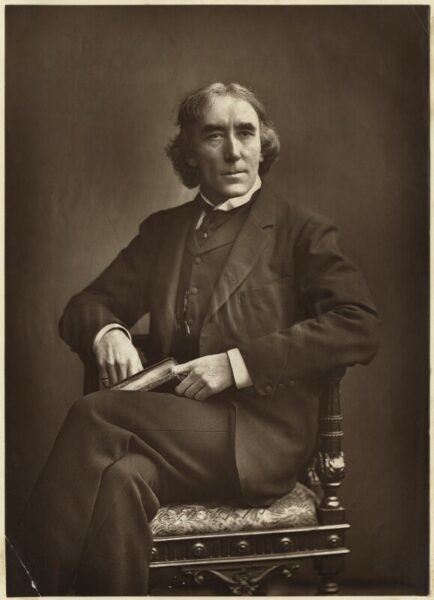
Enter the second major influence in Stoker’s life.
In 1878, Stoker was hired as a company and business manager for the Lyceum Theatre owned and operated by Ireland’s–and some would say the world’s–most famous actor, Sir Henry Irving. A bold, larger than life man who demanded the attention of those around him, it was no time at all before he, too, took on an elevated place in Stoker’s life. He introduced Stoker into London society, and put him in a position to meet fellow authors like Sir Arthur Conan Doyle.
Though there is some uncertainty as to where the author eventually took his inspiration for the history of Dracula–Vlad Tepes or Irish vampire legend Abhartach–it is almost universally agreed that the author based the character’s physical description on Irving as well as some of the man’s more…potent…personality tics.
In a 2002 paper for The American Historical Review titled “”Buffalo Bill Meets Dracula: William F. Cody, Bram Stoker, and the Frontiers of Racial Decay,” historian Louis Warren wrote:
Stoker’s numerous descriptions of Irving correspond so closely to his rendering of the fictional count that contemporaries commented on the resemblance. … But Bram Stoker also internalized the fear and animosity his employer inspired in him, making them the foundations of his gothic fiction.
In 1906, a year after Irving’s death, Stoker published a two-volume biography of the man titled Personal Reminiscences of Henry Irving.
It’s important to note that, though he was employed by the theatre for some 27 years, he only began taking notes to begin Dracula around 1890 or so. And it would be a third man, who finally seems to have spurred the author into putting pen to paper to begin the epic tale.
Exhibit C: Oscar Wilde
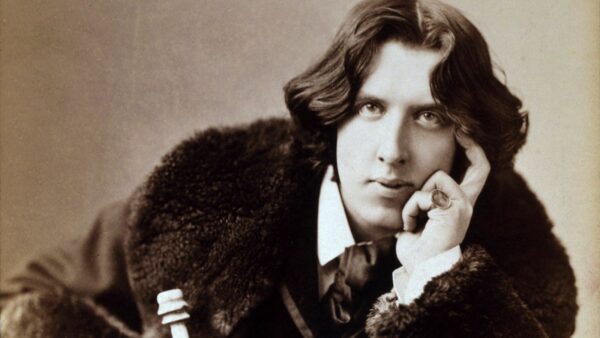
Interestingly enough, the same year that Stoker began working for Irving at the Lyceum Theatre, he also married Florence Balcombe, a renowned beauty and a woman previously linked to Oscar Wilde.
Stoker knew Wilde from their years at university, and had even recommended his fellow Irishman for membership in the institution’s Philosophical Society. In truth, the two men had an ongoing, intimate friendship, and possibly more, for perhaps two decades, and the space between them began to grow only after Wilde was arrested under the Sodomy Laws of the day.
In her article “‘A Wilde Desire Took Me’: The Homoerotic History of Dracula,” Talia Schaffer had this to say:
Stoker’s careful erasure of Wilde’s name from all of his published (and unpublished) texts gives a reader the impression that Stoker was airily ignorant of Wilde’s existence. Nothing could be further from the truth…Stoker’s erasures can be read without much difficulty; they use a recognizeable code that was, perhaps, designed to be broken. In texts patently about Wilde, Stoker crammed the gaps where Wilde’s name should appear with terms like “degeneracy,” “reticence,” “discretion,” and references to police arrests of authors. Dracula explores Stoker’s fear and anxiety as a closeted homosexual man during Oscar Wilde’s trial.–Schaffer, Talia. “”A Wilde Desire Took Me”: The Homoerotic History of Dracula.” ELH 61, no. 2 (1994): 381-425. Accessed June 9, 2021.
In fact, it was within a month of Wilde’s arrest that Stoker actually began writing Dracula. This relationship is a constant fascination for many scholars who have dug into the history of the two authors and their published works.
On the one hand, you have Wilde, who wrote a novel about an immortal who lived his life in the open, consequences be damned, and took part in every hedonistic impulse he could. He was the magnificently plumed cock-of-the-walk who drew every eye to him and embraced it.
On the other, you have Stoker, who also wrote a novel about an immortal. However, Stoker’s immortal was forced into a nocturnal existence, hidden away in the shadows, a parasite who fed on others and ultimately was “rightfully” killed because of it.
It takes no real leap of the imagination at all to see these two creatures as representations of their authors’ queerness. Wilde was arrested, imprisoned, and eventually exiled because of his sexuality. Stoker was in a solid–if mostly chaste–marriage who would go on to argue that “sodomites” should be driven from the shores of Great Britain much like so many closeted politicians today who rail against the LBGTQ+ community, only to be caught with their pants down when they think no one is looking.
It’s also enlightening to note that both Wilde and Stoker died due to complications from syphilis, a common enough STD in Victorian London that somehow feels like more in looking at their relationship with each other, but that is neither here nor there.
In his book, Something in the Blood: The Untold Story of Bram Stoker, the Man who Wrote Dracula, David J. Skal argues that the specter of Wilde can be found all over the pages of Dracula, much like the specter of Wilde’s queerness hung over Stoker’s own life. Wilde was Stoker’s shadow self. He was his doppelganger who dared do what the man himself could not or would not.
Bram Stoker’s Dracula

Stoker’s internal struggle is on every page of Dracula. His attempt at reconciling desire and identity and feelings of uncertainty and yes, sometimes the self-loathing placed upon him and taught to him by a society that made queerness illegal are carved into every paragraph.
One does not have to give the book a queer reading in order to find it. There are numerous moments throughout the story where queerness, otherness, and allegory leap from the page.
Consider the vampire’s territoriality over Harker when the Brides approach him. He covers the human with his own body, laying claim to him. Or perhaps the dominant and submissive relationship between Dracula and Renfield which sees the latter driven mad with his desire to serve?
The very act of vampiric feeding, drawing out the life’s blood through a bite takes the place of sexual penetration so much so that even in the earliest film adaptations of the novel, directors and writers were instructed that the Count could only bite women to remove any suggestion of gayness or bisexuality.
In fact, during the Hays Code era, the only way they could get away with including anything of the sort was due to the fact that Dracula was the villain and was fated to die. Even then it could be barely coded and suggested, but never shown.
This, of course, has led to entire generations of filmgoers who never read the original source material and may have never seen the natural queerness of Dracula. They are the people who show up in comments sections when articles like this are published and decry the authors, saying we have made this content up, and that we’re just trying to force LGBTQ+ themes where they don’t exist.
In point of fact, that is why I have not mentioned the films until now. This discussion is firmly rooted in the original novel and in the man who crafted it: a man who was almost certainly bisexual and possibly gay, an author who struggled with identity and desire who created a story that is as immortal as its subject, and a man whose lifelong devotion to the other men in his life has only been brought to light in the last three decades or so.
Final Summation
There are doubtlessly people who stopped reading this article after the first paragraph or two–some did not even make it beyond the title. For those who have persevered, I first of all say thank you. I secondly ask you to consider your reactions to this information before you respond.
Think before you shout, “Who cares?” Of course, you may not care. Of course, this information may mean nothing to you at all. How bold of you to think that means the information is useless to everyone else on the planet, as well.
Being a part of a marginalized community often means that our histories are either destroyed or denied to us. A people without a history hardly seem like a people at all. We are controlled by our lack of information about ourselves, and those who are not in the community can more easily pretend that we are some new deviance in nature that was birthed in the 1970s.
So, it may mean nothing to you, but it most certainly means something to members of the LGBTQ+ community who are also horror fans to know that one of the most iconic horror novels of all time was written by a man who shared our struggles and wrestled with his own identity in the way that so many of us have.
That has merit in 2021, and that is the conversation Horror Pride Month will continue to foster.
'Civil War' Review: Is It Worth Watching?
Follow our new YouTube channel "Mysteries and Movies" here.

Books
‘Alien’ is Being Made Into a Children’s ABC Book
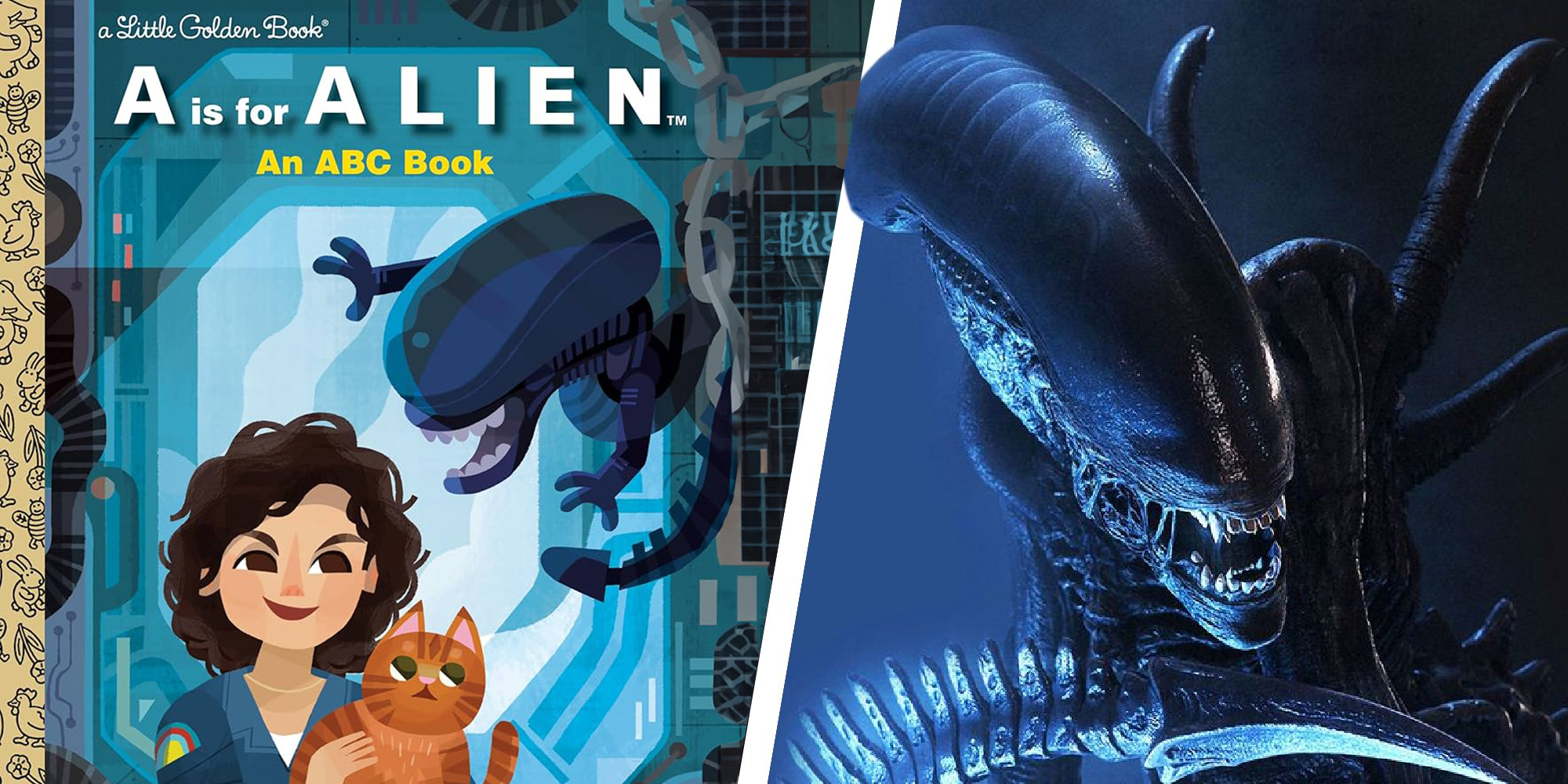
That Disney buyout of Fox is making for strange crossovers. Just look at this new children’s book that teaches children the alphabet via the 1979 Alien movie.
From the library of Penguin House’s classic Little Golden Books comes “A is for Alien: An ABC Book.

The next few years are going to be big for the space monster. First, just in time for the film’s 45th anniversary, we are getting a new franchise film called Alien: Romulus. Then Hulu, also owned by Disney is creating a television series, although they say that might not be ready until 2025.
The book is currently available for pre-order here, and is set to release on July 9, 2024. It might be fun to guess which letter will represent which part of the movie. Such as “J is for Jonesy” or “M is for Mother.”
Romulus will be released in theaters on August 16, 2024. Not since 2017 have we revisited the Alien cinematic universe in Covenant. Apparently, this next entry follows, “Young people from a distant world facing the most terrifying life form in the universe.”
Until then “A is for Anticipation” and “F is for Facehugger.”
'Civil War' Review: Is It Worth Watching?
Follow our new YouTube channel "Mysteries and Movies" here.
Books
Holland House Ent. Announces New Book “Oh Mother, What Have You Done?”
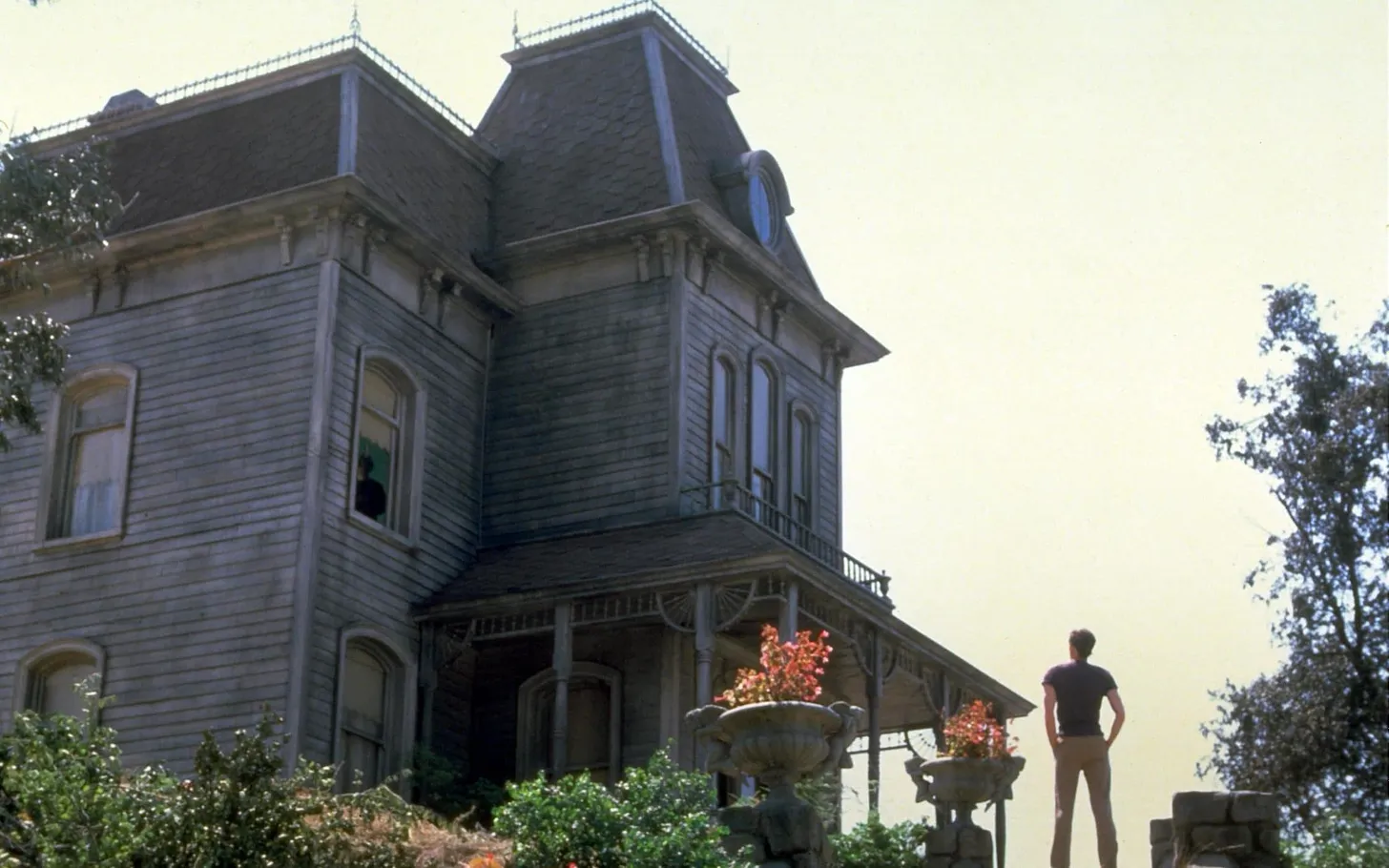
Screenwriter and Director Tom Holland is delighting fans with books containing scripts, visual memoirs, continuation of stories, and now behind-the-scenes books on his iconic films. These books offer a fascinating glimpse into the creative process, script revisions, continued stories and the challenges faced during production. Holland’s accounts and personal anecdotes provide a treasure trove of insights for movie enthusiasts, shedding new light on the magic of filmmaking! Check out the press release below on Hollan’s newest fascinating story of the making of his critically acclaimed horror sequel Psycho II in a brand new book!
Horror icon and filmmaker Tom Holland returns to the world he envisioned in 1983’s critically acclaimed feature film Psycho II in the all-new 176-page book Oh Mother, What Have You Done? now available from Holland House Entertainment.
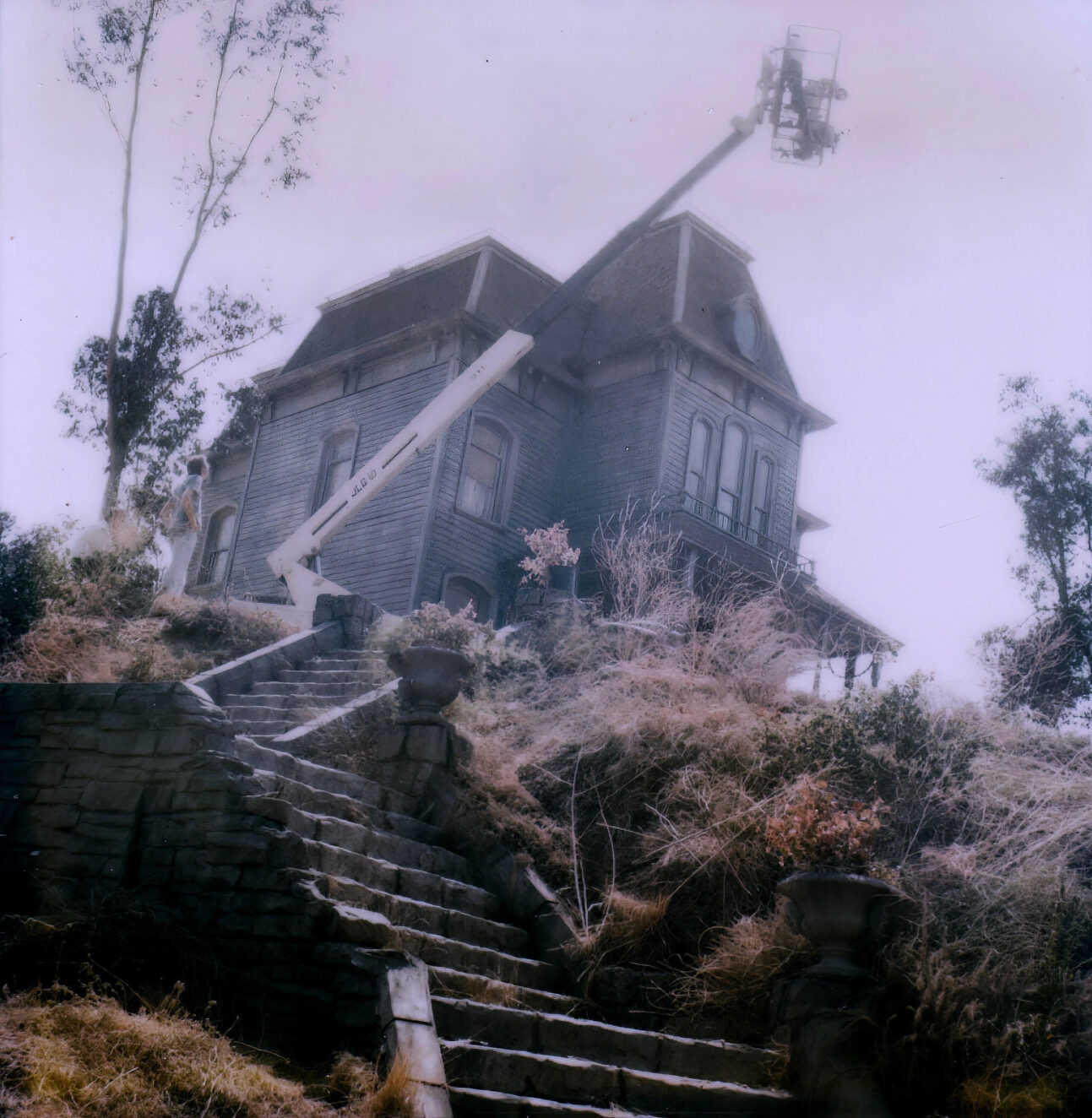
Authored by Tom Holland and containing unpublished memoirs by late Psycho II director Richard Franklin and conversations with the film’s editor Andrew London, Oh Mother, What Have You Done? offers fans a unique glimpse into the continuation of the beloved Psycho film franchise, which created nightmares for millions of people showering worldwide.
Created using never-before-seen production materials and photos – many from Holland’s own personal archive – Oh Mother, What Have You Done? abounds with rare hand-written development and production notes, early budgets, personal Polaroids and more, all set against fascinating conversations with the film’s writer, director and editor which document the development, filming, and reception of the much-celebrated Psycho II.
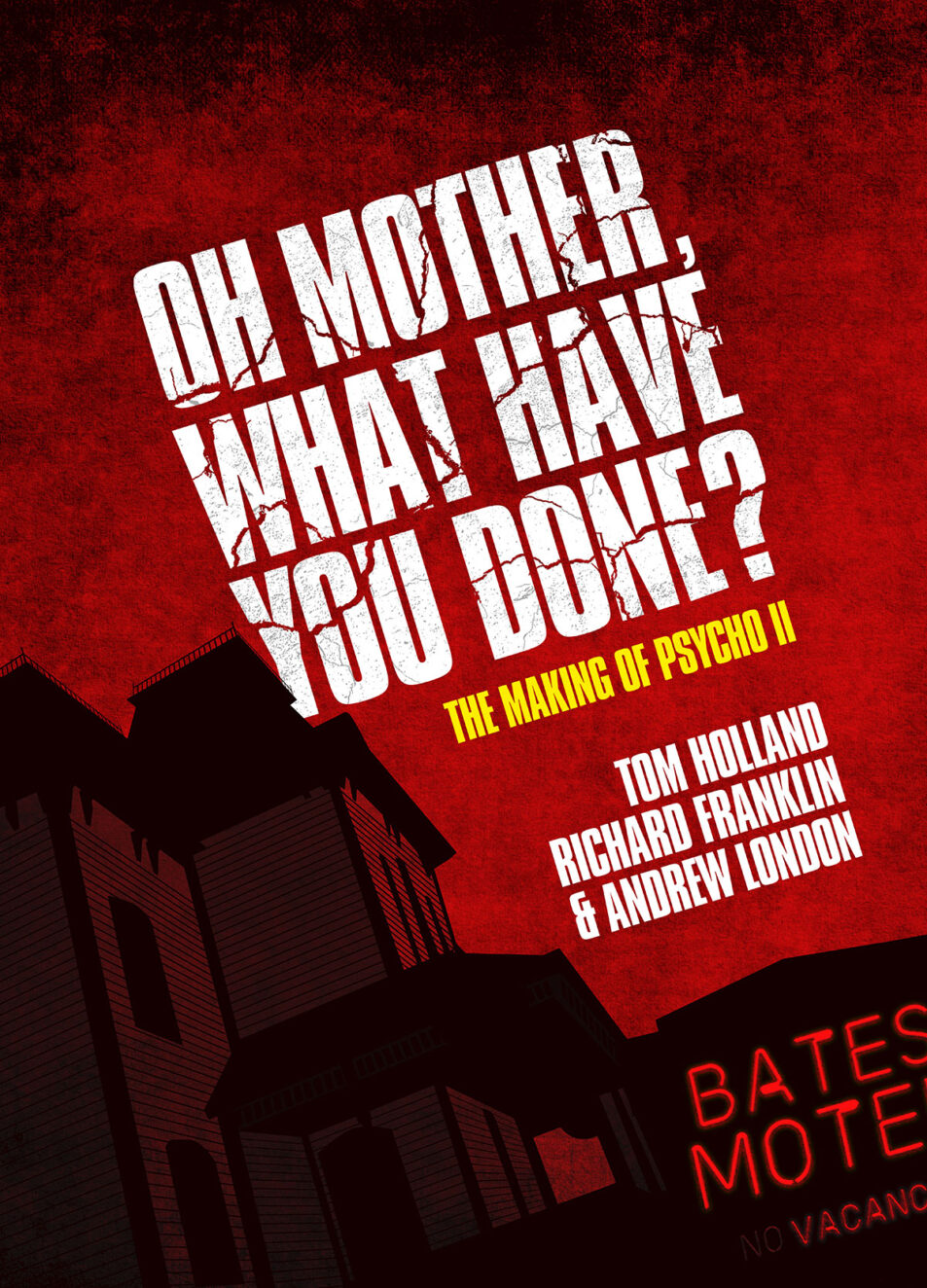
Says author Holland of writing Oh Mother, What Have You Done? (which contains an afterward by Bates Motel producer Anthony Cipriano), “I wrote Psycho II, the first sequel that began the Psycho legacy, forty years ago this past summer, and the film was a huge success in the year 1983, but who remembers? To my surprise, apparently, they do, because on the film’s fortieth anniversary love from fans began to pour in, much to my amazement and pleasure. And then (Psycho II director) Richard Franklin’s unpublished memoirs arrived unexpectedly. I’d had no idea he’d written them before he passed in 2007.”
“Reading them,” continues Holland, “was like being transported back in time, and I had to share them, along with my memories and personal archives with the fans of Psycho, the sequels, and the excellent Bates Motel. I hope they enjoy reading the book as much as I did in putting it together. My thanks to Andrew London, who edited, and to Mr. Hitchcock, without whom none of this would have existed.”
“So, step back with me forty years and let’s see how it happened.”

Oh Mother, What Have You Done? is available now in both hardback and paperback through Amazon and at Terror Time (for copies autographed by Tom Holland)
'Civil War' Review: Is It Worth Watching?
Follow our new YouTube channel "Mysteries and Movies" here.
Books
Sequel to ‘Cujo’ Just One Offering in New Stephen King Anthology

It’s been a minute since Stephen King put out a short story anthology. But in 2024 a new one containing some original works is getting published just in time for summer. Even the book title “You Like It Darker,” suggests the author is giving readers something more.
The anthology will also contain a sequel to King’s 1981 novel “Cujo,” about a rabid Saint Bernard that wreaks havoc on a young mother and her child trapped inside a Ford Pinto. Called “Rattlesnakes,” you can read an excerpt from that story on Ew.com.
The website also gives a synopsis of some of the other shorts in the book: “The other tales include ‘Two Talented Bastids,’ which explores the long-hidden secret of how the eponymous gentlemen got their skills, and ‘Danny Coughlin’s Bad Dream,’ about a brief and unprecedented psychic flash that upends dozens of lives. In ‘The Dreamers,’ a taciturn Vietnam vet answers a job ad and learns that there are some corners of the universe best left unexplored while ‘The Answer Man’ asks if prescience is good luck or bad and reminds us that a life marked by unbearable tragedy can still be meaningful.”
Here’s the table of contents from “You Like It Darker,”:
- “Two Talented Bastids”
- “The Fifth Step”
- “Willie the Weirdo”
- “Danny Coughlin’s Bad Dream”
- “Finn”
- “On Slide Inn Road”
- “Red Screen”
- “The Turbulence Expert”
- “Laurie”
- “Rattlesnakes”
- “The Dreamers”
- “The Answer Man”
Except for “The Outsider” (2018) King has been releasing crime novels and adventure books instead of true horror in the past few years. Known mostly for his terrifying early supernatural novels such as “Pet Sematary,” “It,” “The Shining” and “Christine,” the 76-year-old author has diversified from what made him famous starting with “Carrie” in 1974.
A 1986 article from Time Magazine explained that King planned on quitting horror after he wrote “It.” At the time he said there was too much competition, citing Clive Barker as “better than I am now” and “a lot more energetic.” But that was almost four decades ago. Since then he’s written some horror classics such as “The Dark Half, “Needful Things,” “Gerald’s Game,” and “Bag of Bones.”
Maybe the King of Horror is waxing nostalgic with this latest anthology by revisiting the “Cujo” universe in this latest book. We will have to find out when “You Like It Darker” hits bookshelves and digital platforms starting May 21, 2024.
'Civil War' Review: Is It Worth Watching?
Follow our new YouTube channel "Mysteries and Movies" here.
-

 News6 days ago
News6 days agoWoman Brings Corpse Into Bank To Sign Loan Papers
-

 News5 days ago
News5 days agoBrad Dourif Says He’s Retiring Except For One Important Role
-

 Strange and Unusual5 days ago
Strange and Unusual5 days agoMan Arrested for Allegedly Taking a Severed Leg From Crash Site And Eating It
-

 Movies6 days ago
Movies6 days agoPart Concert, Part Horror Movie M. Night Shyamalan’s ‘Trap’ Trailer Released
-

 Movies6 days ago
Movies6 days agoAnother Creepy Spider Movie Hits Shudder This Month
-

 Editorial5 days ago
Editorial5 days ago7 Great ‘Scream’ Fan Films & Shorts Worth a Watch
-

 Movies4 days ago
Movies4 days agoSpider-Man With a Cronenberg Twist in This Fan-Made Short
-

 News6 days ago
News6 days agoSpirit Halloween Unleashes Life-Size ‘Ghostbusters’ Terror Dog
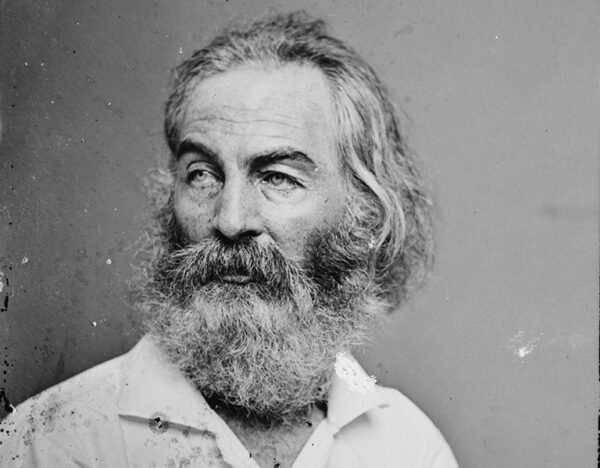


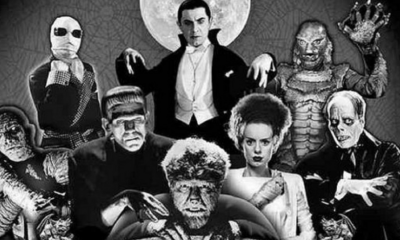

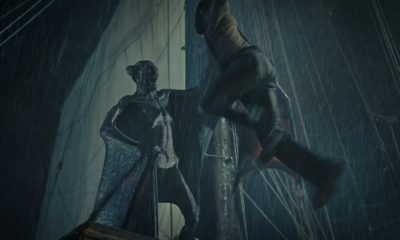






















You must be logged in to post a comment Login